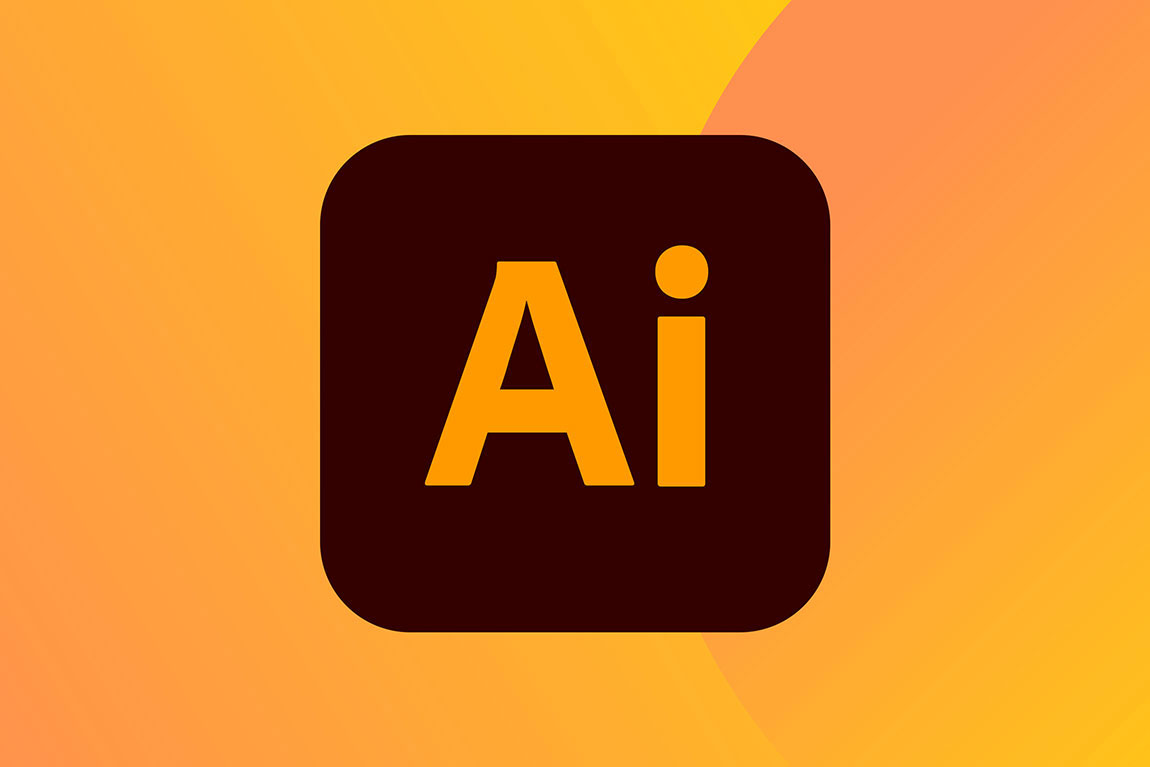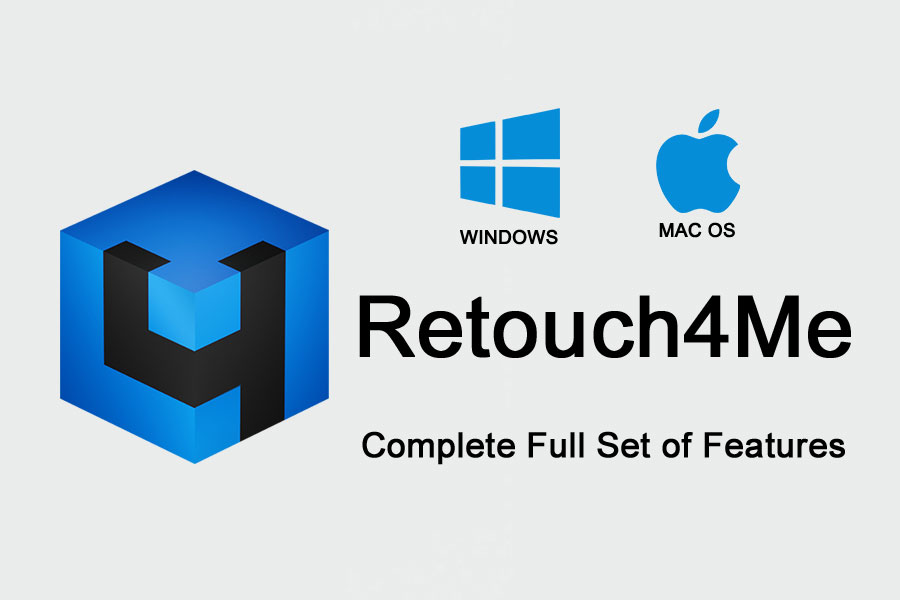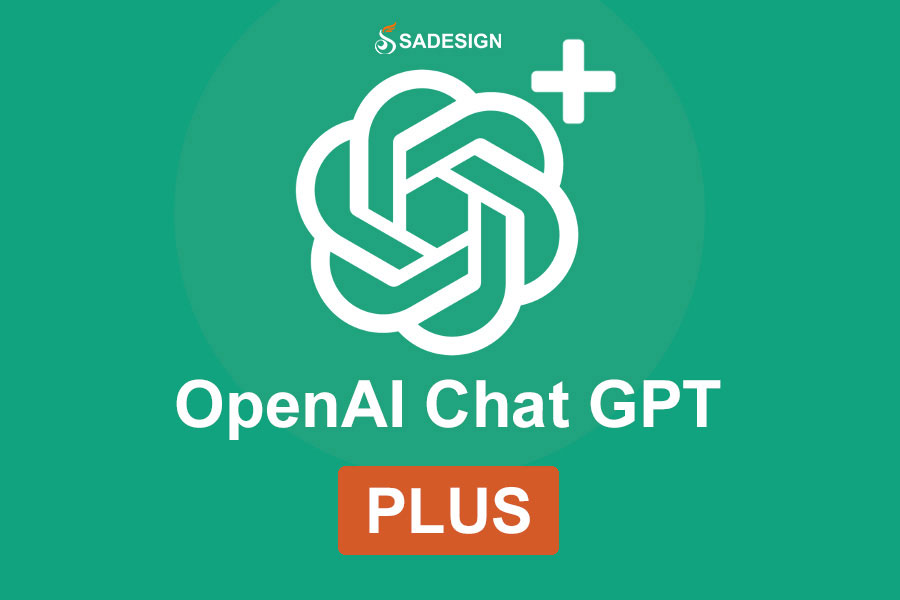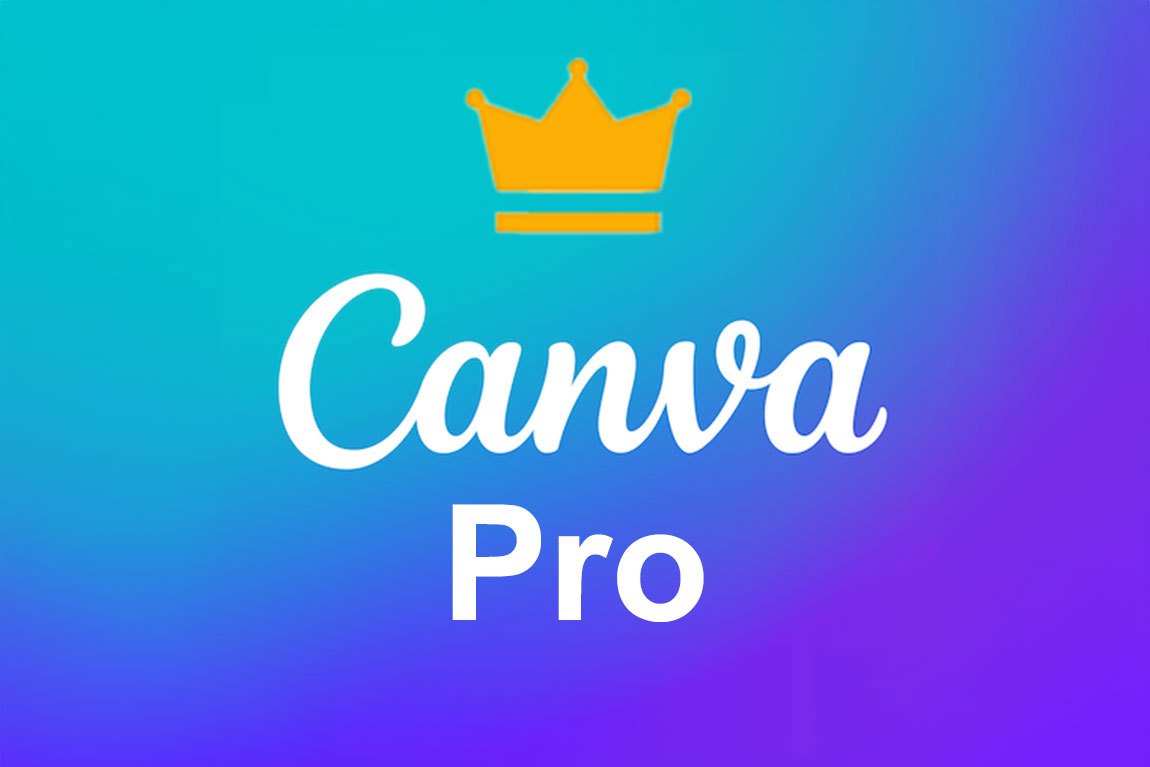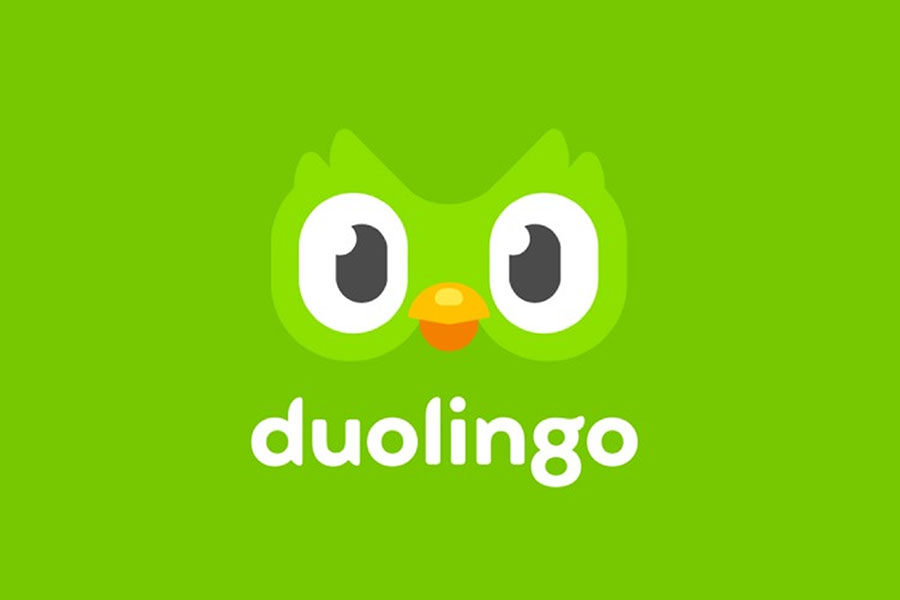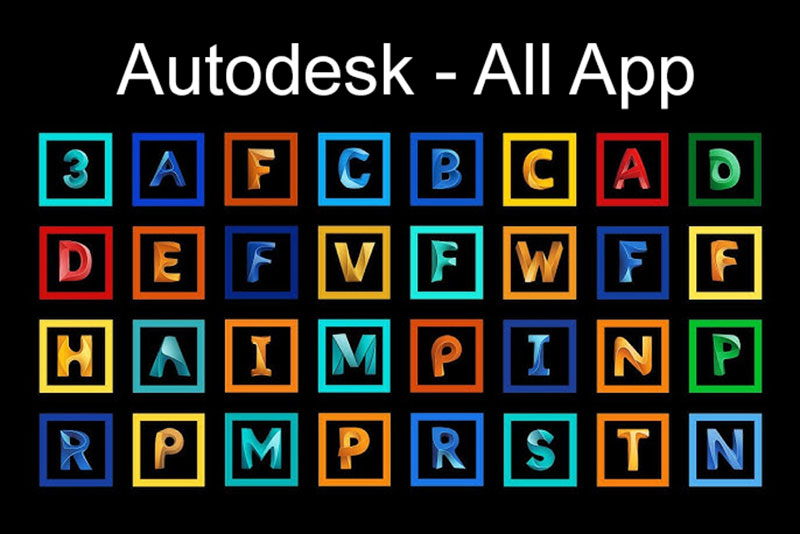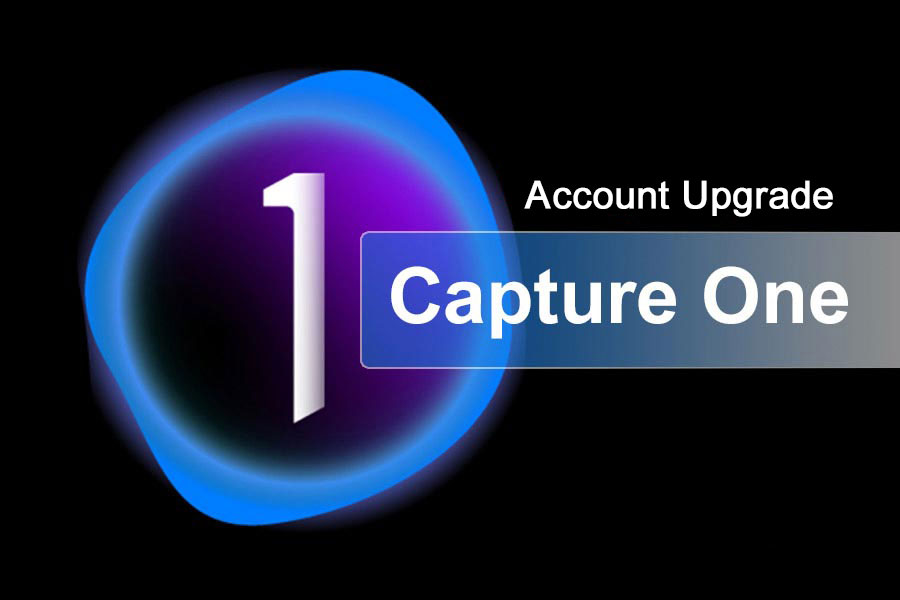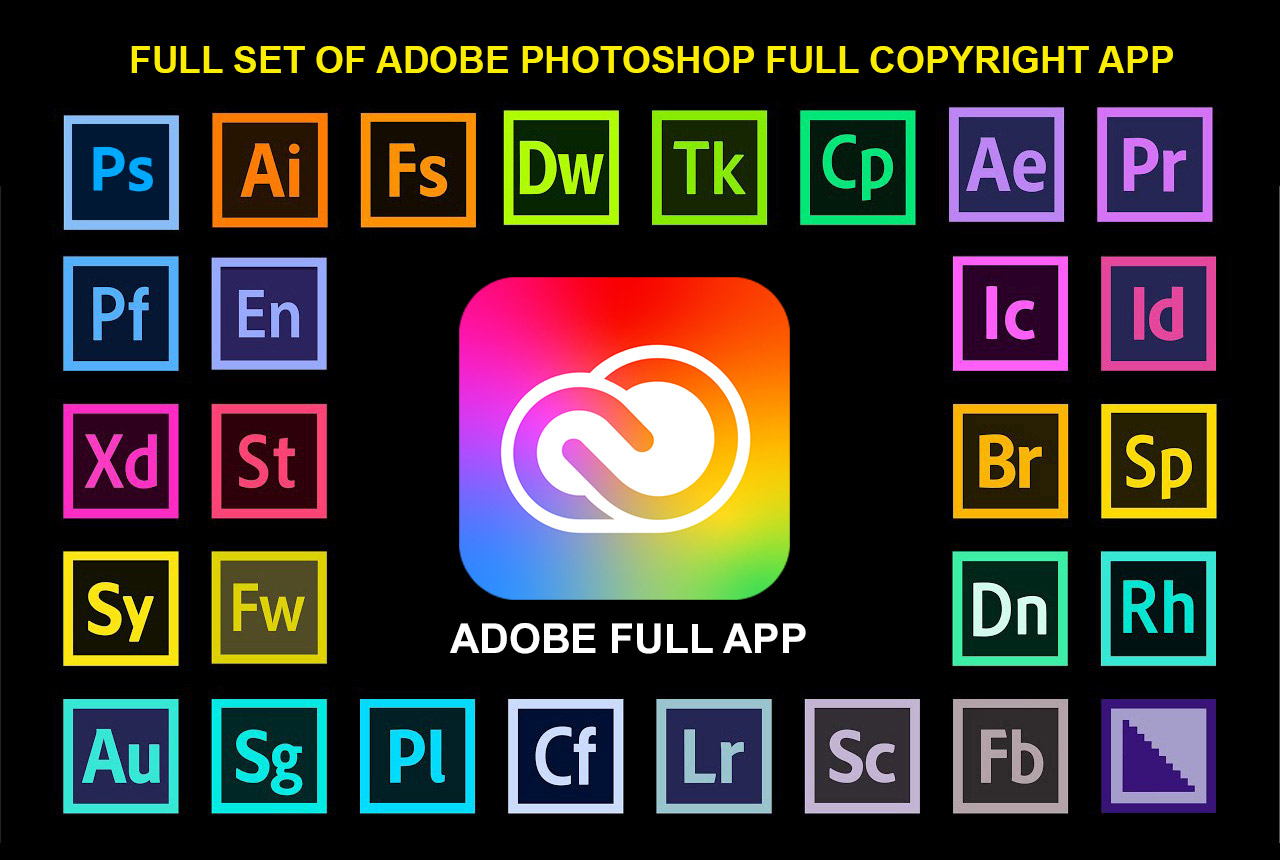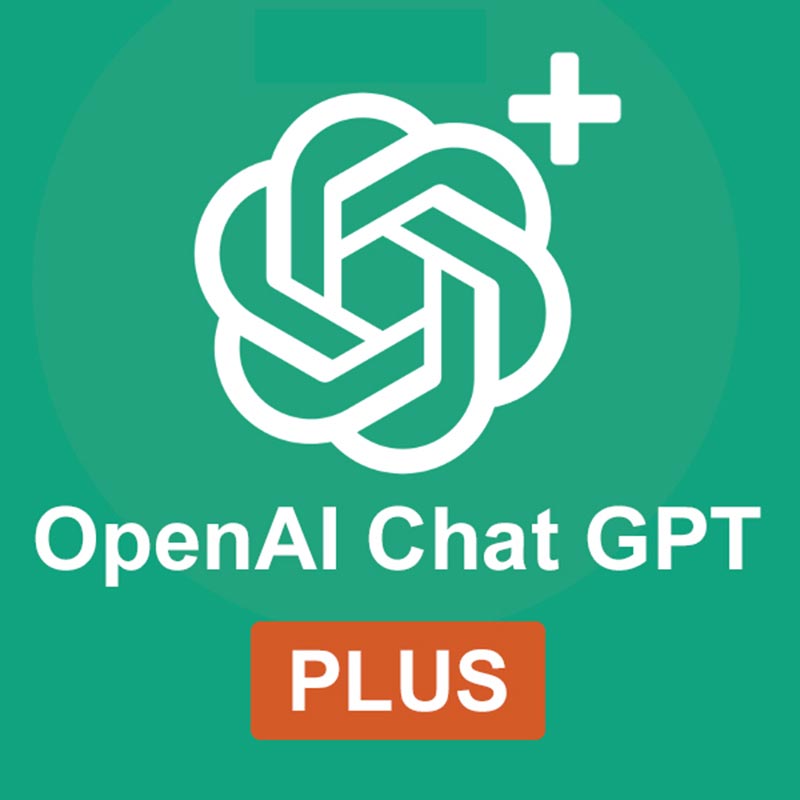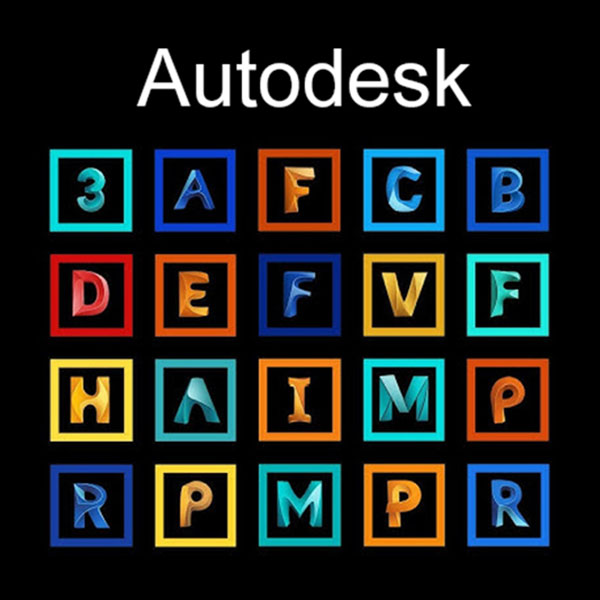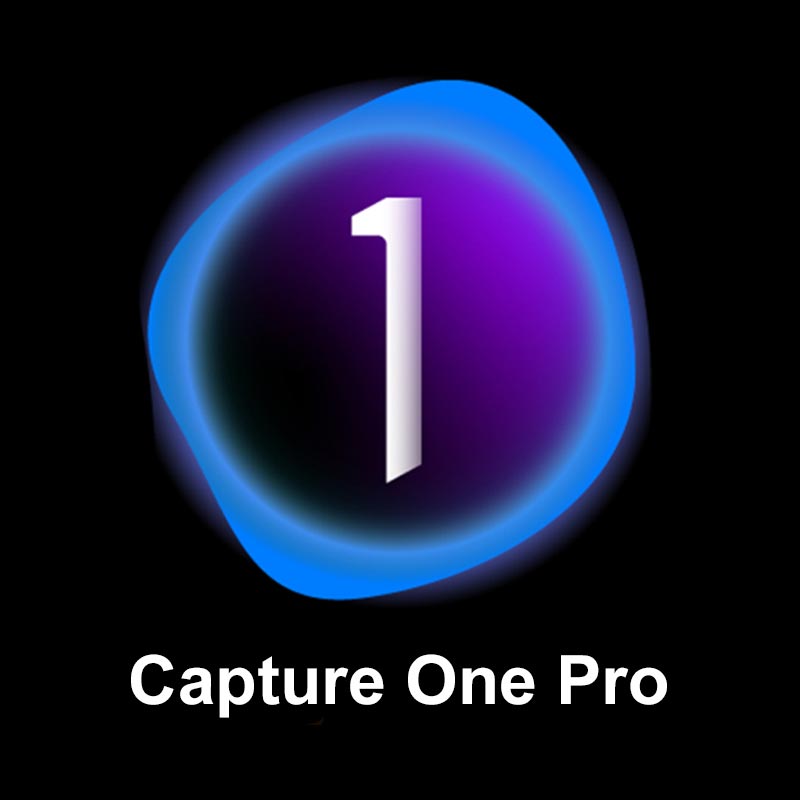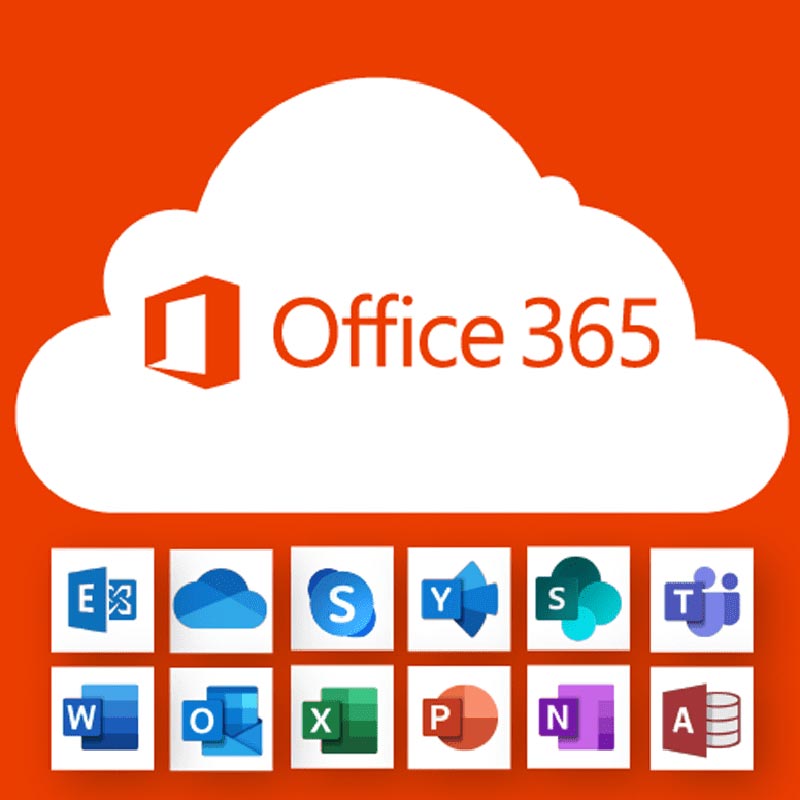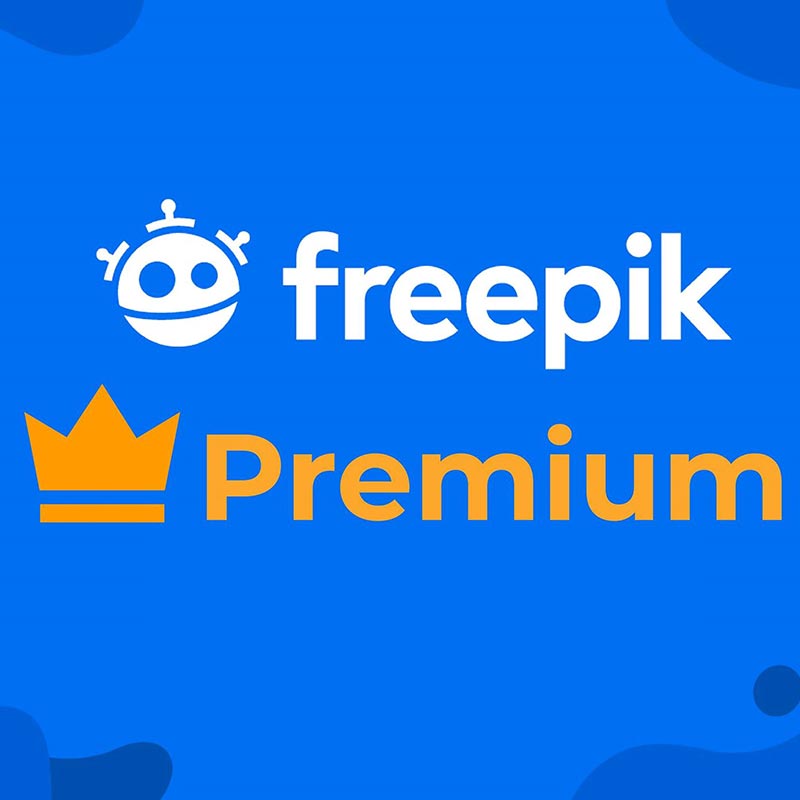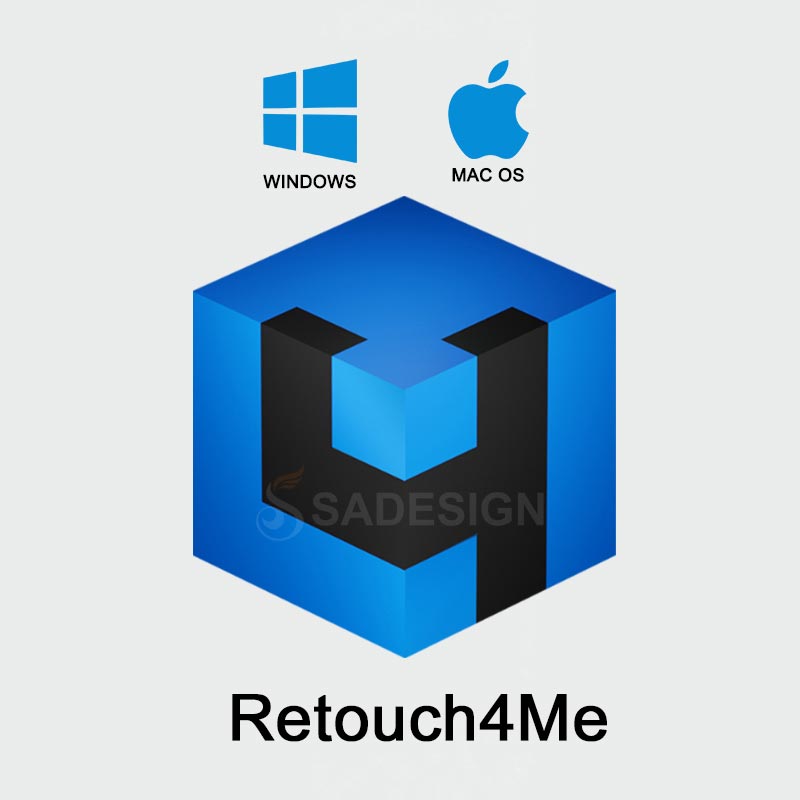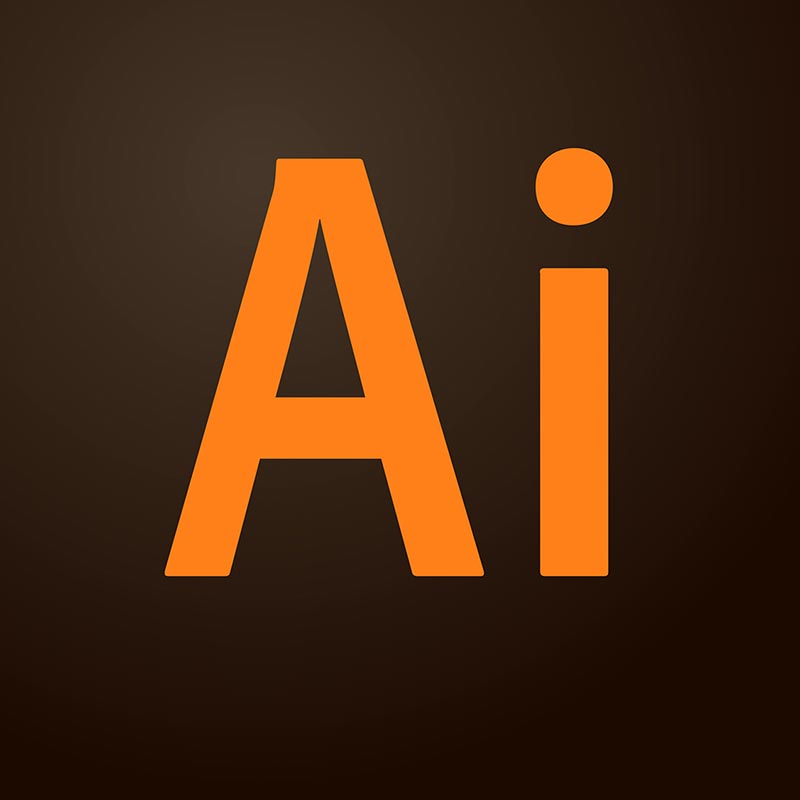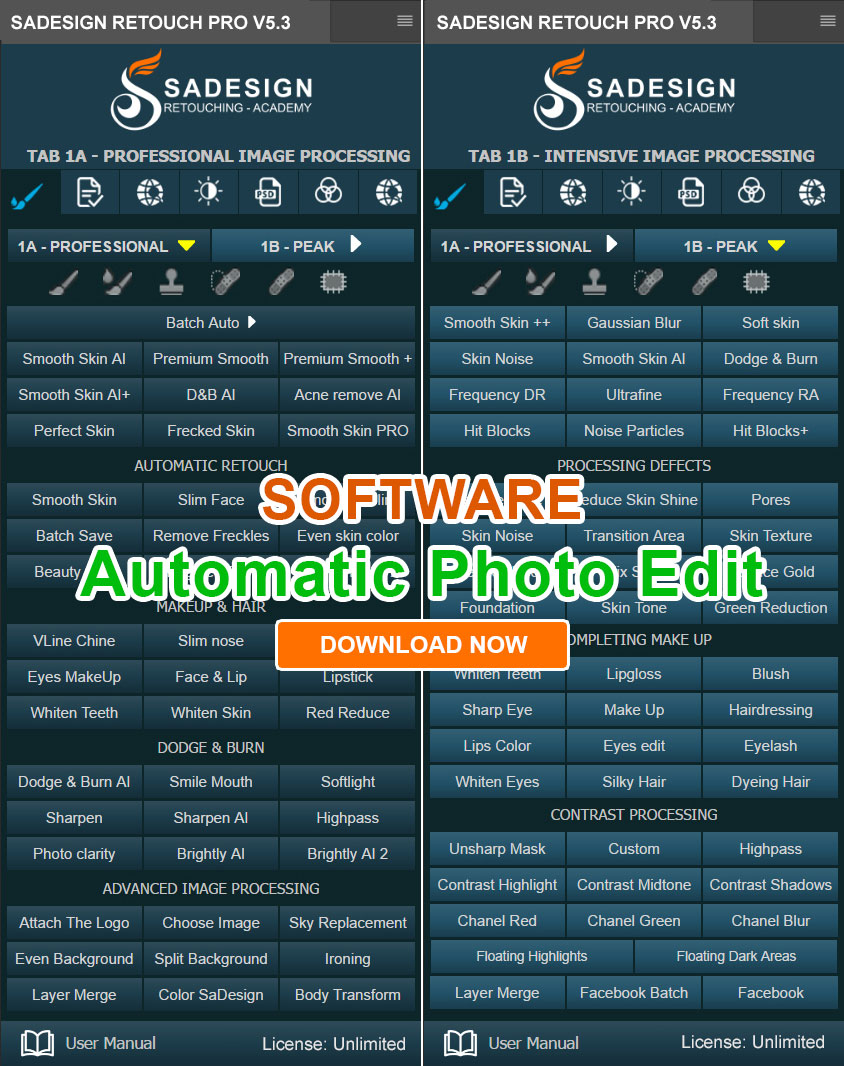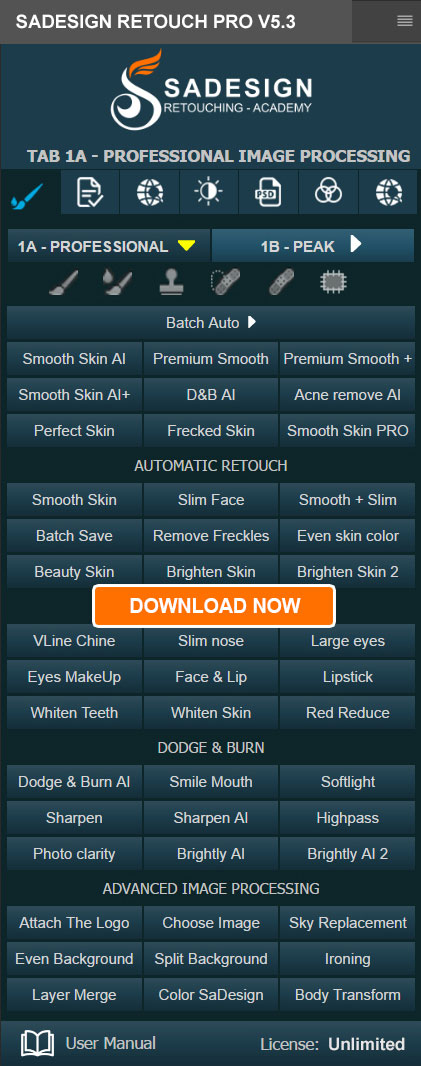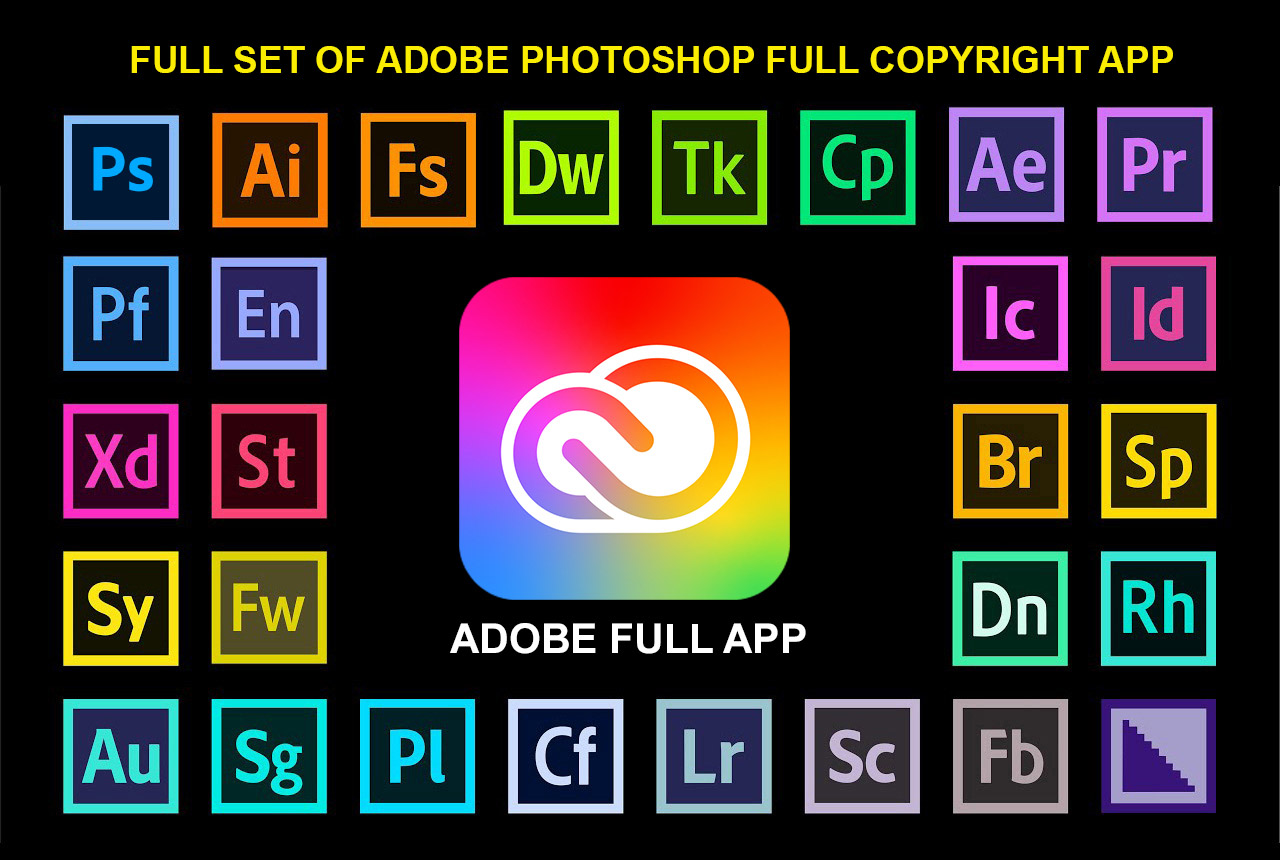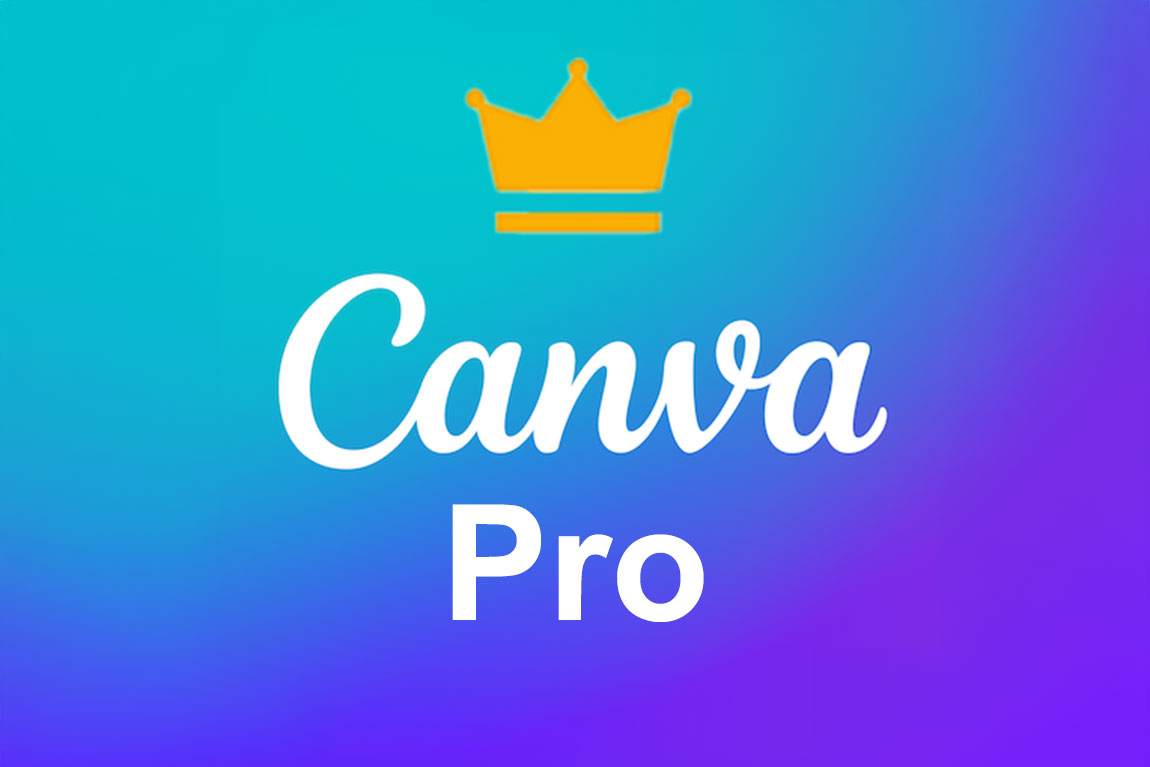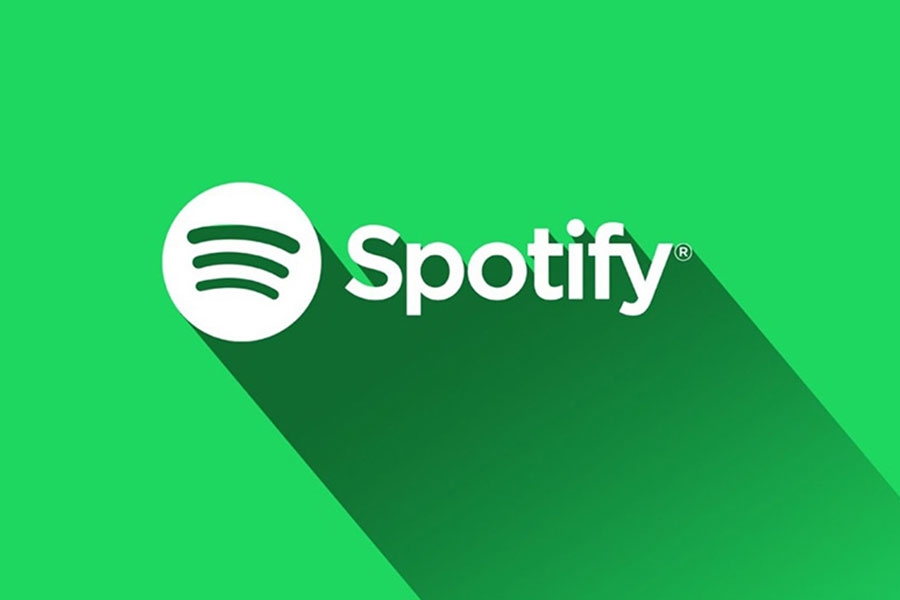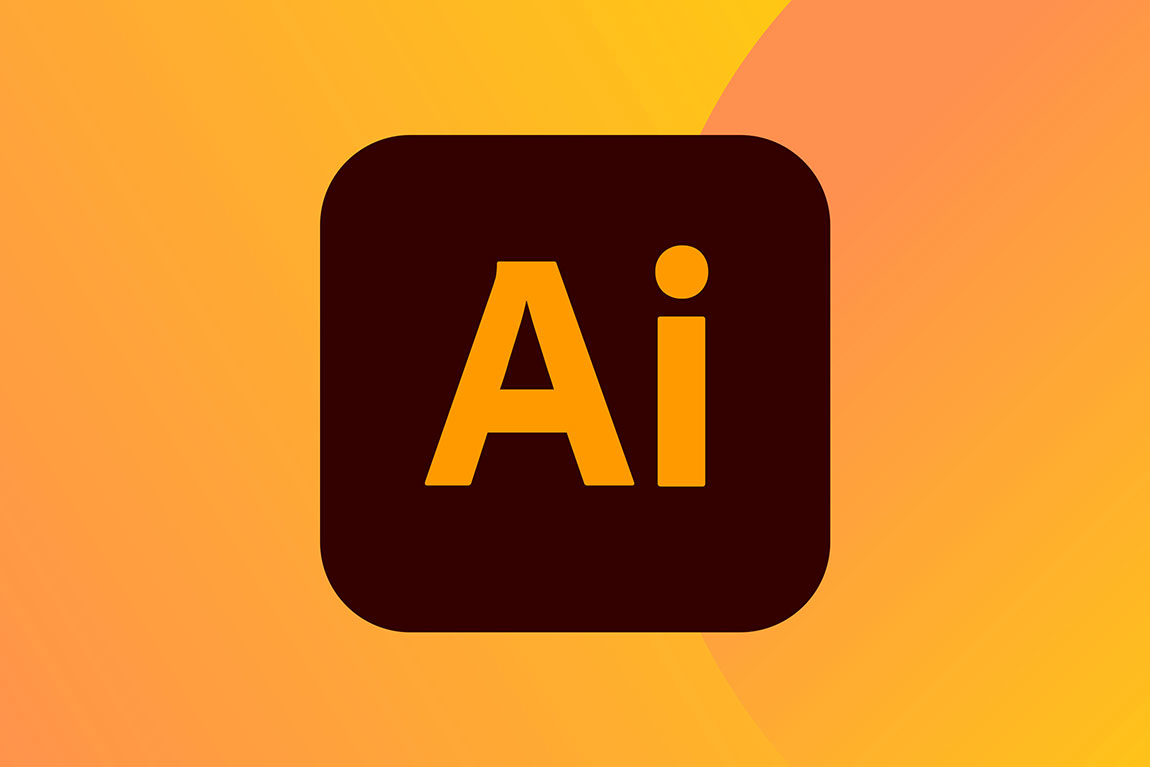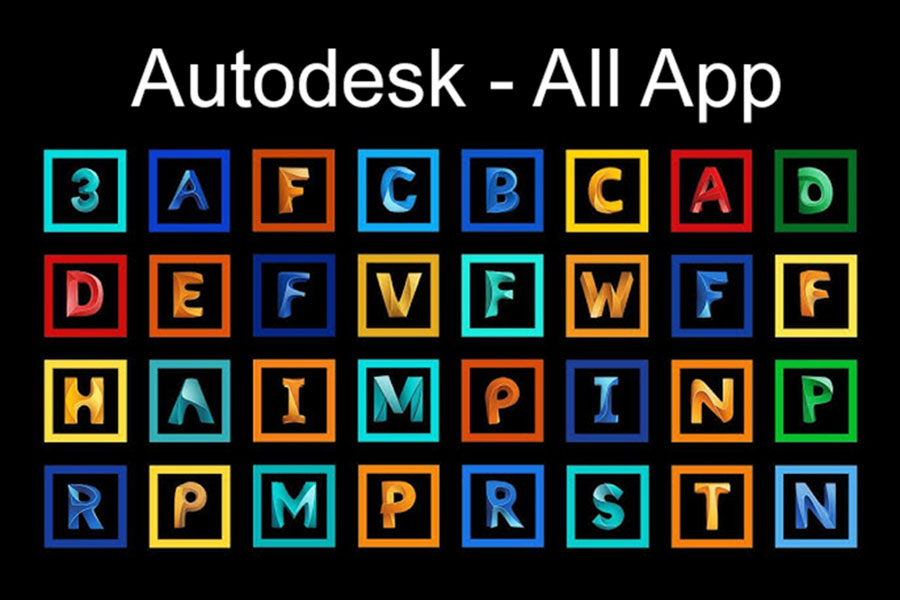Best Selling Products
70% of users are turning ChatGPT into a “life assistant” instead of an office tool
Nội dung
Instead of focusing on emails, reports or project planning, most users turn to ChatGPT for everyday needs, from studying, entertainment, creative writing, translation, to asking questions related to daily life.

When OpenAI first launched ChatGPT, the world was immediately swept up in a wave of curiosity and anticipation. Millions of new users flocked to try it out, and thousands of articles, videos, and reports asked the same question: Will conversational AI really change the way we work?
After more than a year of operation, OpenAI has just published a major research report based on data collected from more than 1.5 million real chat sessions . This is not only a huge number but also reflects more fully than ever how people interact with AI in life. Surprisingly, instead of being heavily exploited for work as many previously predicted, ChatGPT is becoming an important part of users' personal lives.
1. Research report from OpenAI
According to reports, more than 70% of the content sent to ChatGPT is related to non-work purposes . Instead of focusing on emails, reports or project planning, most users turn to ChatGPT for everyday needs, from studying, entertainment, creative writing, translation, to asking questions related to daily life. This is a clear sign of a change in the way society is receiving new technology: AI is not only a productivity tool, but also a companion for learning and discovery.
This shift opens up a new perspective. If AI can both support work and integrate into personal life, its impact on society will lie not only in increasing work efficiency, but also in its ability to influence habits, lifestyles and how people access knowledge.
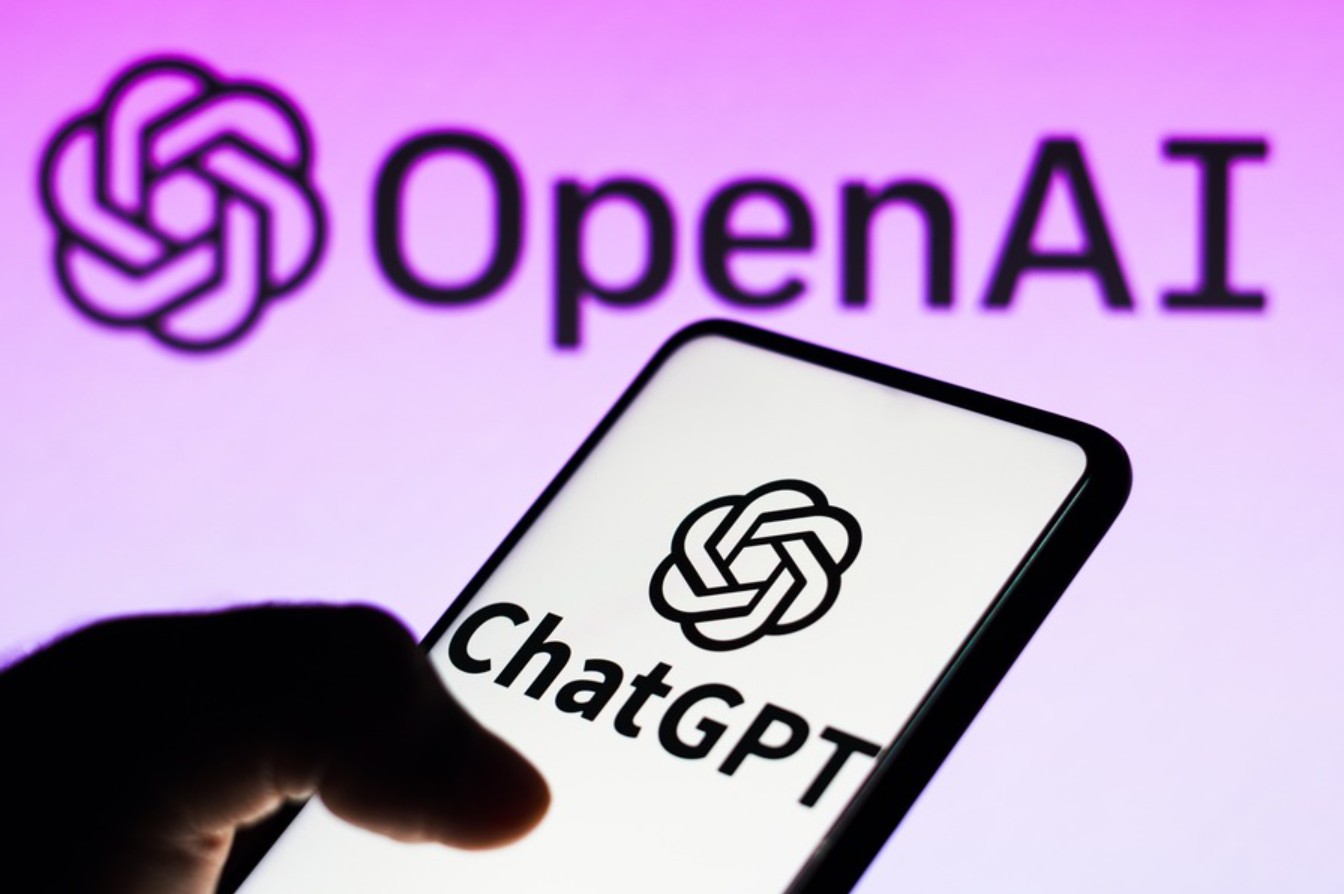
2. ChatGPT in personal life
In personal life, ChatGPT is proving its worth far beyond a regular search engine. Unlike typing keywords into Google and having to sift through a series of different results, ChatGPT provides a live conversation experience where users can ask specific questions, get concise answers, and even continue the conversation to dig deeper into the desired topic.
A report from OpenAI shows that the areas that users are most interested in when interacting with ChatGPT in their personal lives include searching for academic information, learning languages, creative writing, translation, entertainment, and asking for practical advice .
Buy Cheap ChatGPT Plus (GPT-5) Account
A student might ask ChatGPT to explain quantum physics concepts in simple language. A housewife might ask for a recipe using ingredients already in the fridge. A young person might ask an AI to write a love poem or compose a short story from a few random ideas. All of these scenarios reflect ChatGPT’s ability to act as a creative assistant and intellectual companion.
In particular, using ChatGPT for inspiration is becoming a strong trend. Users not only want ready-made answers but also seek collaboration. AI becomes a co-author, who makes suggestions, opens up ideas, helps turn a vague thought into a specific product such as a paragraph, a script, or a draft for a personal project.
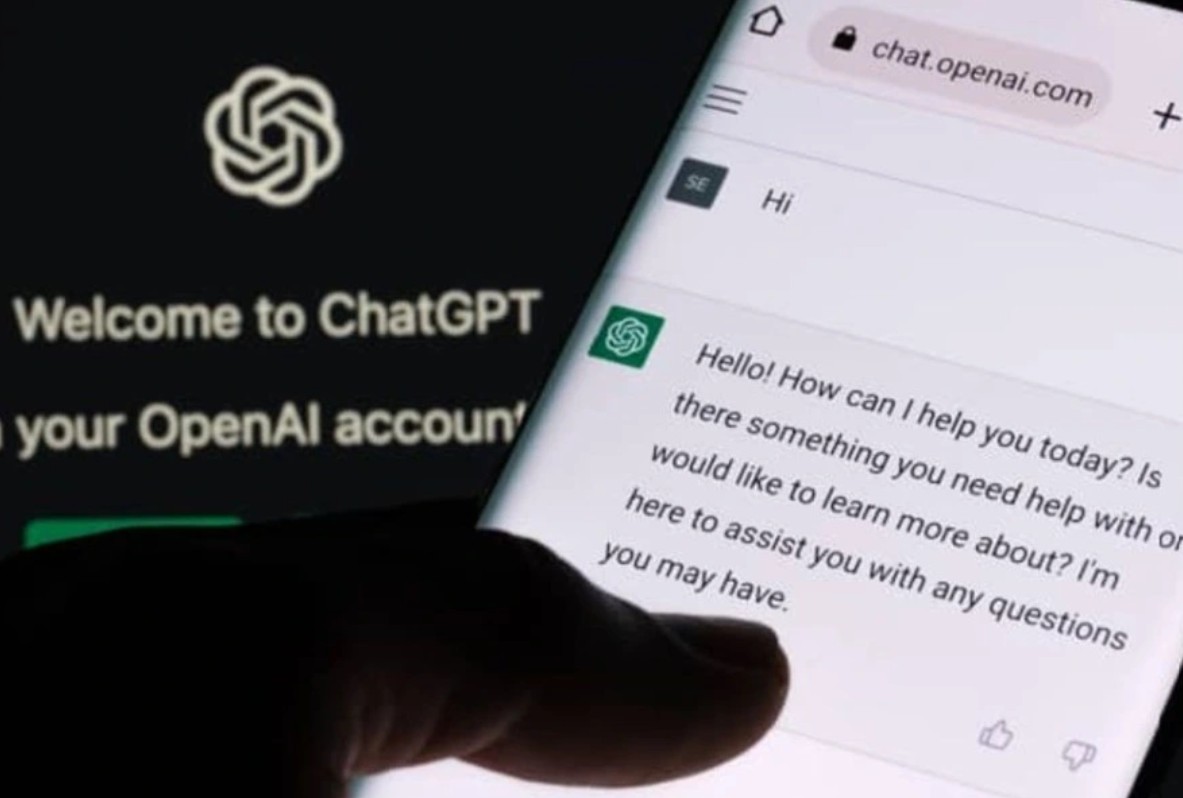
In terms of entertainment, ChatGPT also feels more intimate than many previous tools. Users can ask quizzes, create imaginary situations, or simply chat to dispel loneliness. This shows that AI is gradually transforming from a “tool” to a “digital friend”, where emotional attachment plays an important role.
3. Why do users prioritize personal over work?
There are many reasons why more than 70% of ChatGPT users choose to use it for personal needs instead of work.
One of the key factors is flexibility and less constraints on personal context. When using ChatGPT to find recipes or ask for gift suggestions, users are not pressured to be absolutely accurate or to keep their data private. This makes the experience with AI more relaxed, free, and creative.
On the contrary, in the work environment, the requirements for accuracy, reliability and security are always high. ChatGPT can support but cannot completely replace humans, especially in tasks that require deep expertise or have legal and economic factors. Therefore, many users choose to exploit ChatGPT in their work indirectly: writing drafts, suggesting ideas or shortening content, instead of leaving everything to AI.
Another reason lies in the instant experience that ChatGPT brings to personal life. Compared to scrolling through hundreds of search results, ChatGPT provides direct, personalized answers, saving time. In a busy life, this is the factor that makes users increasingly prefer this tool for daily needs.
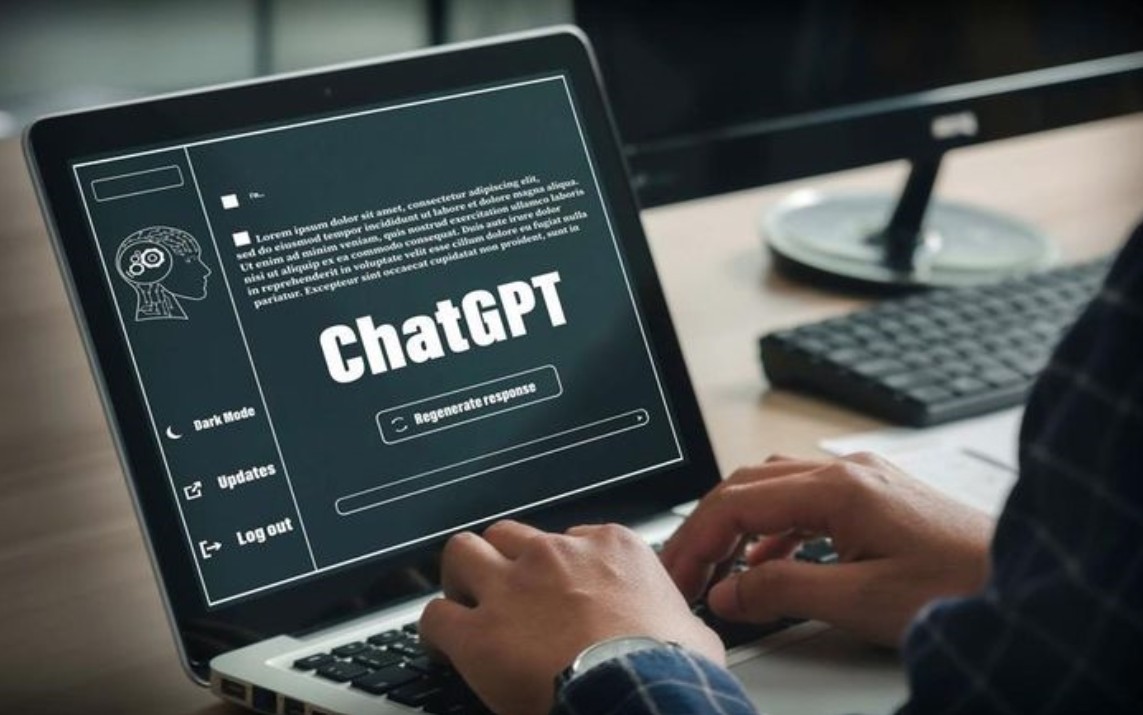
The psychosocial aspect cannot be overlooked. For many, chatting with ChatGPT is a way to relieve stress, find inspiration, or simply enjoy a non-judgmental conversation. This is especially important as many young people face mental stress, feel lonely, or need a place to share without fear of being judged.
4. ChatGPT at work
While ChatGPT is largely used for personal purposes, there’s no denying the role AI plays in work. OpenAI’s report shows that work tasks are less prevalent, but still present and provide clear value.
Many office workers use ChatGPT as a writing assistant. Writing professional emails, drafting reports, and creating presentation outlines can be done faster with AI. However, users rarely use ChatGPT's output directly, but often edit and tweak it to suit their work context and personal style.
ChatGPT also serves as an on-the-job learning tool. People working in new fields can rely on AI to explain terminology, analyze simple data, or suggest approaches to problems. In this case, ChatGPT not only saves time but also opens up opportunities for self-learning while working.
The downside is the lack of absolute reliability. Due to the nature of the language model, ChatGPT sometimes produces incorrect or out-of-date information. Therefore, professional users still need to verify and take responsibility for the final results. This is the main reason why ChatGPT is difficult to become an official tool in many strict working environments.
5. Changes in user demographics
One key finding from OpenAI’s research is the changing demographics of its users. While ChatGPT was initially seen as a tool for men or those in technical fields, the gender and occupation gaps have now narrowed.

Female users are increasingly using AI for personal needs like keeping a diary, asking for lifestyle recommendations, or even chatting to share their feelings, suggesting that ChatGPT is moving beyond the boundaries of “technological tools” to become a more mainstream communication platform.
In particular, young people aged 18-25 stand out in the report. This is the generation that grew up with the internet and mobile technology, is familiar with instant information search and tends to experiment with new things. For them, ChatGPT is not only a learning tool to help with homework, practice foreign languages, and explain complex knowledge, but also a creative space where they can experiment with literary ideas, artistic content or entertainment.
This change reflects the “democratization” of AI: from a specialized technology product, ChatGPT is becoming a mass tool, reaching many different social classes and ages.
6. ChatGPT as a smart personal assistant
Looking at the big picture, it can be seen that ChatGPT is gradually shaping a new role: becoming a smart personal assistant. It is present in many aspects of life, from small things like daily meal suggestions to big things like supporting self-learning of a new skill.
In travel, ChatGPT helps users plan detailed itineraries, destinations, restaurant recommendations, and activities. In education, ChatGPT becomes a personal tutor, explaining confusing concepts, providing example exercises, or translating on the fly. In personal life, AI can write birthday greetings, compose song lyrics, or help practice communication skills.

It is this flexibility that makes ChatGPT a “digital companion”, always ready to support when needed. Unlike rigid work software, ChatGPT brings a friendly, accessible feeling, suitable for all ages and contexts.
7. Social significance and future prospects
The fact that over 70% of users exploit ChatGPT for personal purposes shows that AI is moving beyond its traditional role as a productivity tool. Instead, it is directly involved in human social, cultural, and emotional activities.
This opens up several important implications. First, AI is becoming a knowledge bridge, making knowledge more accessible and equal to everyone. Second, AI is contributing to changing the way we entertain, create and connect. And finally, AI has the potential to become an indispensable part of digital life, just as smartphones have changed society in the past decade.
However, this also comes with challenges. As AI becomes a companion, issues such as technological dependency, data security and the loss of personal skills need to be considered. Society needs to prepare to both exploit the benefits and limit the risks.
Future prospects show that, if developed in the right direction, ChatGPT and similar AI models will not only be work support tools but will become a comprehensive assistant ecosystem, serving both personal and professional life. This promises a new era where artificial intelligence is naturally present in every moment of life.


